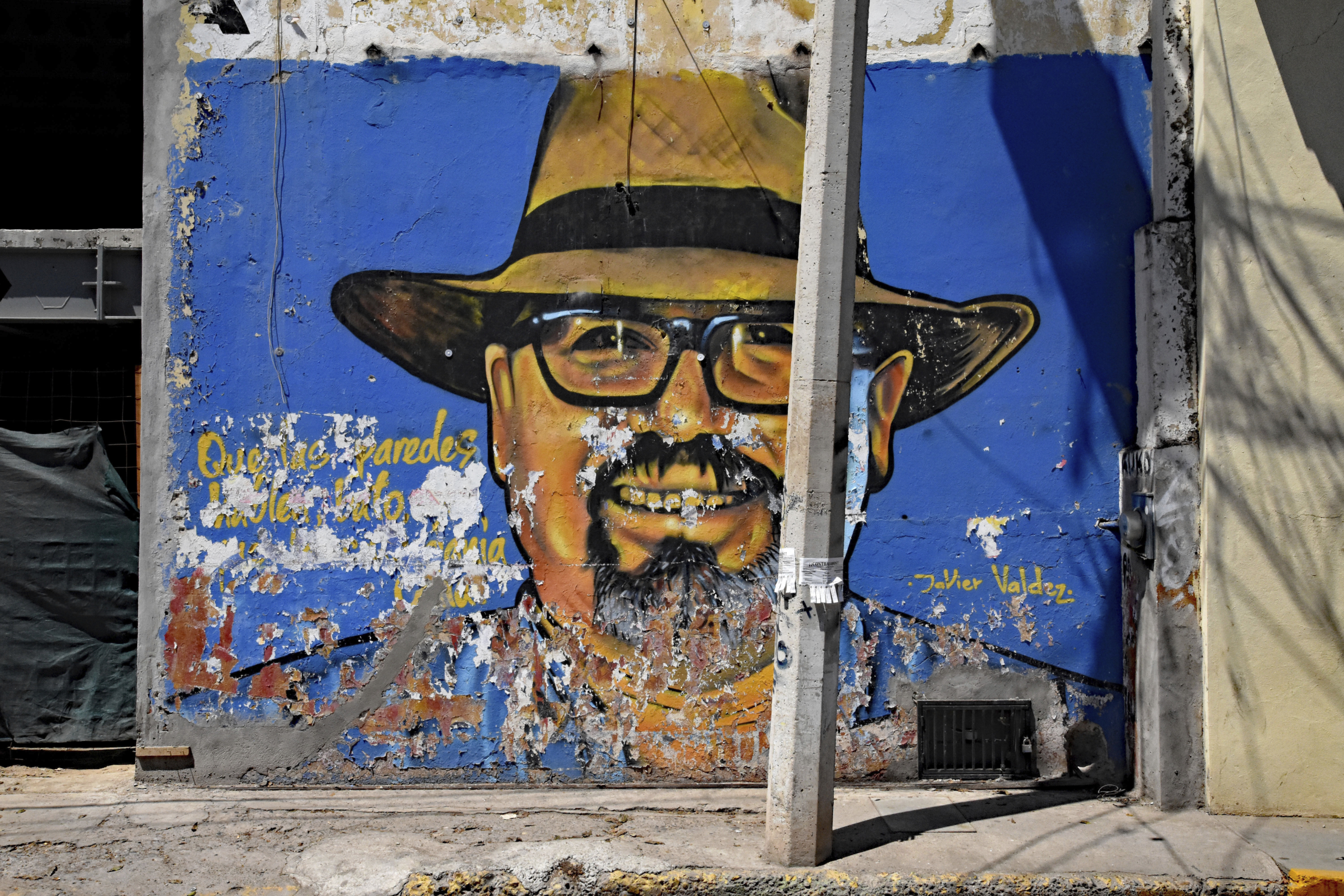Sign up for The Media Today, CJR’s daily newsletter.
American newspapers have been grappling with questions of neutrality and endorsement in covering the presidential election. Journalists in the state of Sinaloa, Mexico, have faced a similar dilemma—except if they get it wrong, they and those they love stand to be abducted, tortured, and murdered.
Sinaloa has long been the center of Mexico’s drug cartel violence. But the situation escalated in July when Ismael “El Mayo” Zambada, the head of Los Mayos, was arrested. His loyalists went to war with the sons of Joaquín “El Chapo” Guzmán, known as Los Chapitos, over drug routes and local influence. Since September of this year, according to local sources, the daily homicide rate in the state has jumped from 1.4 to nearly 7.
The fight for public perception is an equally critical front, and each group seeks to impose its version of events, to manipulate the truth. Journalists who feel duty-bound to report on the violence find themselves trapped between the groups.
“We know the pressure will come,” Adrián López Ortiz, editor in chief of Diario Noroeste, the largest news outlet in the state, which has sixty-five editorial staff. He recalled that, in 2010, toward the end of the previous bout of similar violence in Sinaloa, “one side wanted us to forcefully publish their version of an event where they had killed some people. We refused, so they left a tarp with a message on the sidewalk and fired AK-47 rounds at the building.”
“It’s extremely dangerous for us to be perceived as leaning to one side,” said Ismael Bojórquez, co-founder of Ríodoce, a Sinaloa-based weekly newspaper of twelve reporters, whose cofounder and most prominent journalist, Javier Valdez, was killed in 2017 just blocks from the newsroom. “We have to be very careful about what we publish and how we publish it—the headlines, titles, and images.” Maintaining such careful balance is not only a journalistic imperative but a matter of survival. “They’ll pick you up and shoot you—that’s the risk,” Bojórquez said.
On October 17, gunmen attacked the Culiacán newsroom of El Debate, one of Sinaloa’s largest newspapers. They fired twelve rounds at the building’s facade and damaged three vehicles, two of which bore the newspaper’s logo. Shortly afterward, a delivery worker was chased, assaulted, and abducted while transporting printed editions of the newspaper. In 2022, one of the paper’s columnists, Luis Enrique Ramírez, was kidnapped and killed. (That year, he was the ninth journalist killed in Mexico, making it the deadliest nation for journalists. It has since been surpassed by Palestine.)
But the new front in the war is online. Social media is flooded with graphic information meant to control the narrative, intimidate competitors, and influence public opinion. Videos, often violent, are posted most days. In one video, shared on X, a man who says he is a member of Los Chapitos confesses during an interview prior to his execution that his faction allegedly supported and funded the campaign of Sinaloa’s governor. The news then circulated on the galaxy of blogs dedicated to this topic, such as El Blog del Narco. Often, afterward, each faction will accuse the other of engaging in a cyberwar with manufactured confessions and falsehoods.
Journalists must be cautious—it is often impossible to verify the information in these videos, and to separate propaganda from reality. It’s hard even to say which videos are original. “We can’t simply reproduce what’s circulating online,” said Andrés Villarreal, one of Ríodoce’s reporters. “The narrative battle is already underway on social media and in physical spaces, with banners accusing the other side of extortion and robbery,” said López of Diario Noroeste. “Our first priority is to report what happens and not let Sinaloa become a zone of silence, as is happening in other Mexican states.”
That effort has its own rules too. “Reporters don’t rush to crime scenes,” Bojórquez said. “If a victim survives, hit men might return to finish the job.” Reporters wait for the police to secure the scene before approaching. “The problem is that the police are always late,” he said.
Journalists never venture alone into rural areas; they work in pairs or as part of a media pool, often with three or four outlets coordinating coverage. All vehicles are equipped with geolocation devices, tracked in real time at the newsroom. Those vehicles are clearly marked “Press,” a necessity when engaging with the unfamiliar military forces now operating in the region.
And when the story is secured, the language in which it is presented is chosen carefully. “We avoid sensationalist terms like ‘executed’ or ‘kidnapped,’” López said. Instead, Diario Noroeste uses phrases like deprived of liberty or detained. “Our goal is to provide clarity without becoming a tool for organized crime’s narrative.”
The paper also avoids “narco gossip”—sensational stories that romanticize criminals, like the heavily covered story of El Chapo’s wife modeling in Milan Fashion Week, which they chose not to report.
As the conflict deepens, the fear grows that it could mirror the brutal 2008–10 war, which claimed over two thousand lives each year. For journalists, the toll stands to be heavy in many senses. “How do I keep my family functioning without letting it stop me from telling the story?” said López, the father of a seven-year-old and a nine-month-old.
Has America ever needed a media defender more than now? Help us by joining CJR today.



